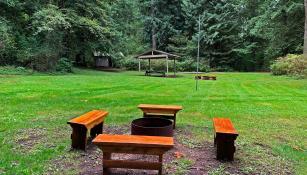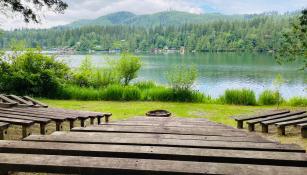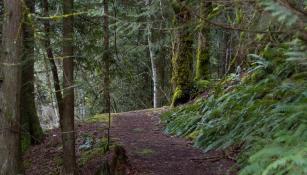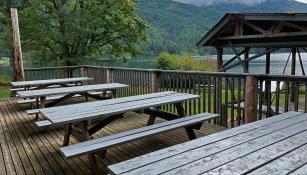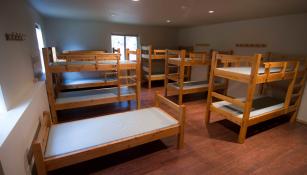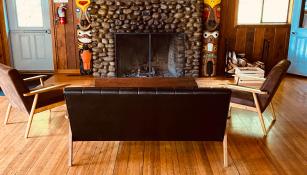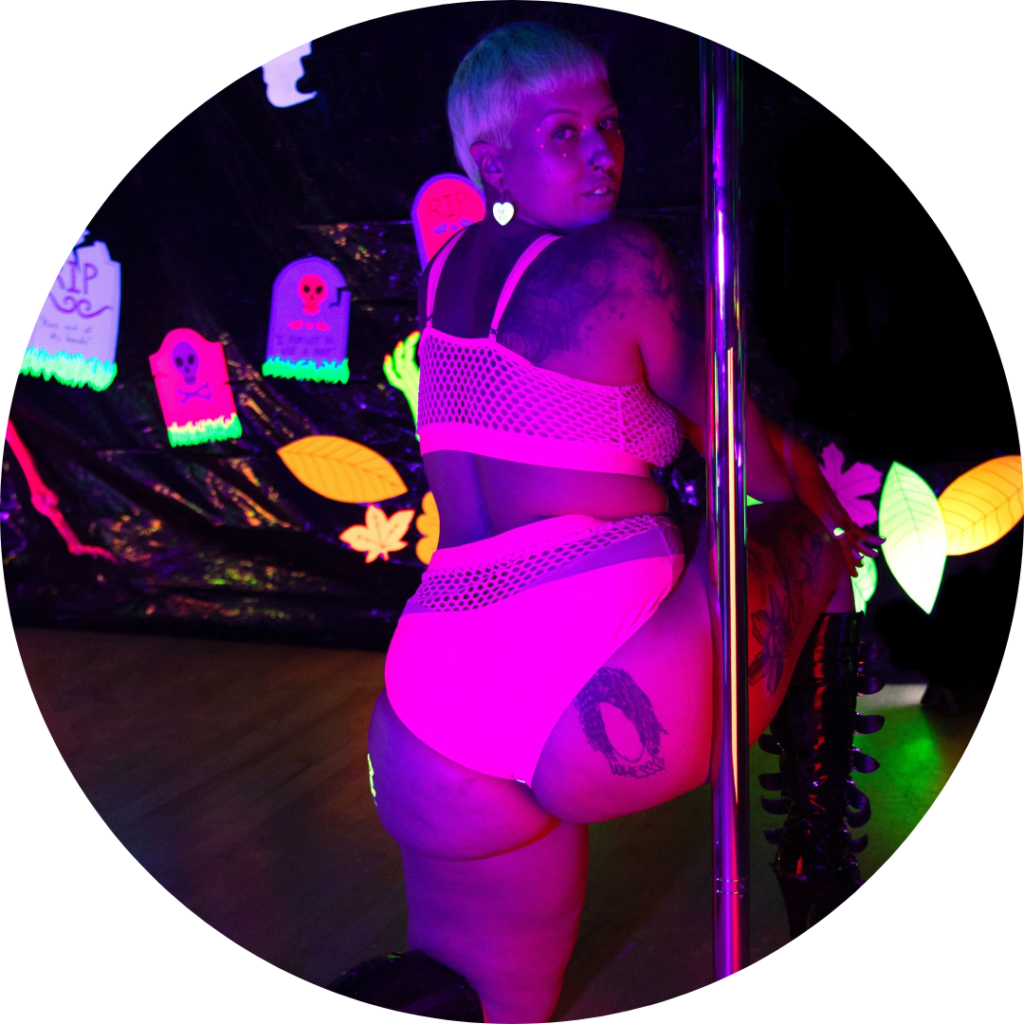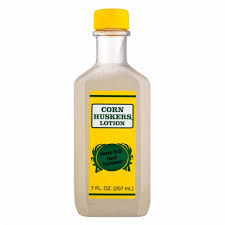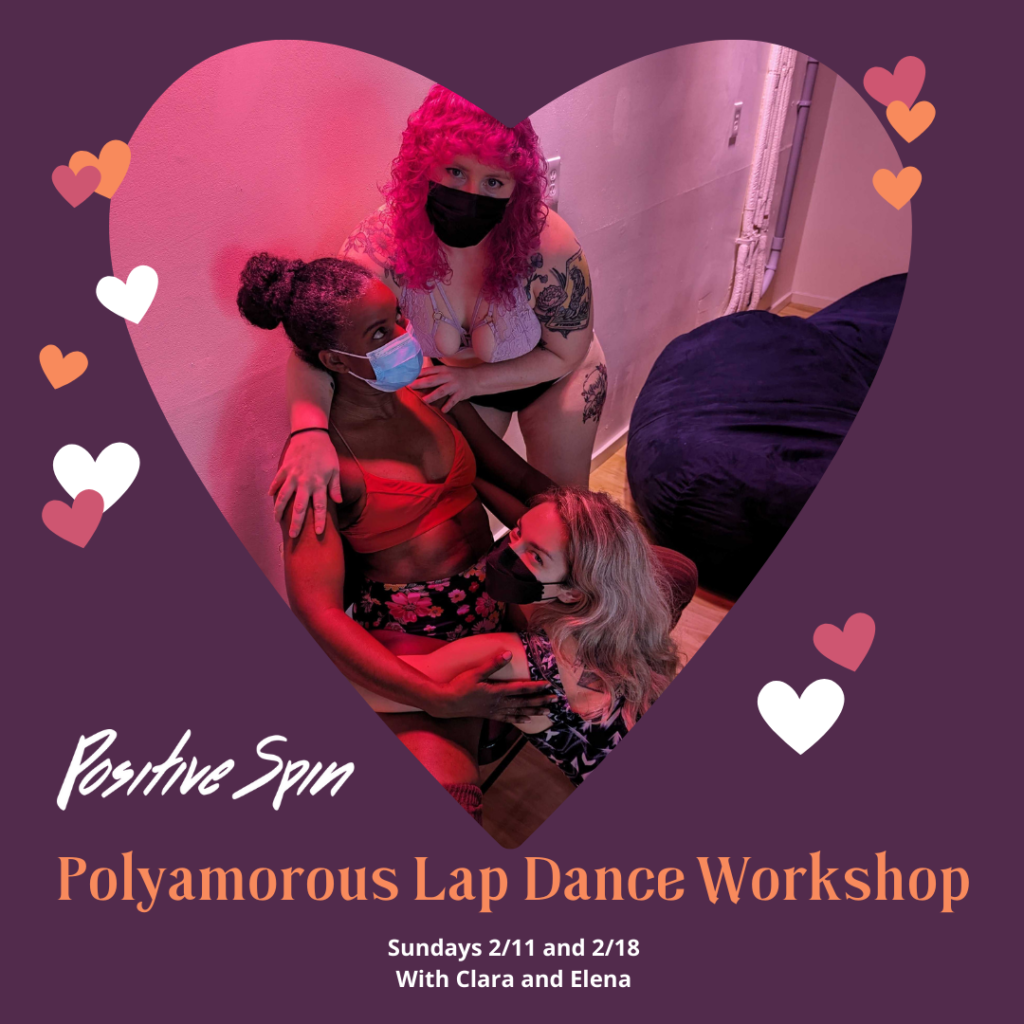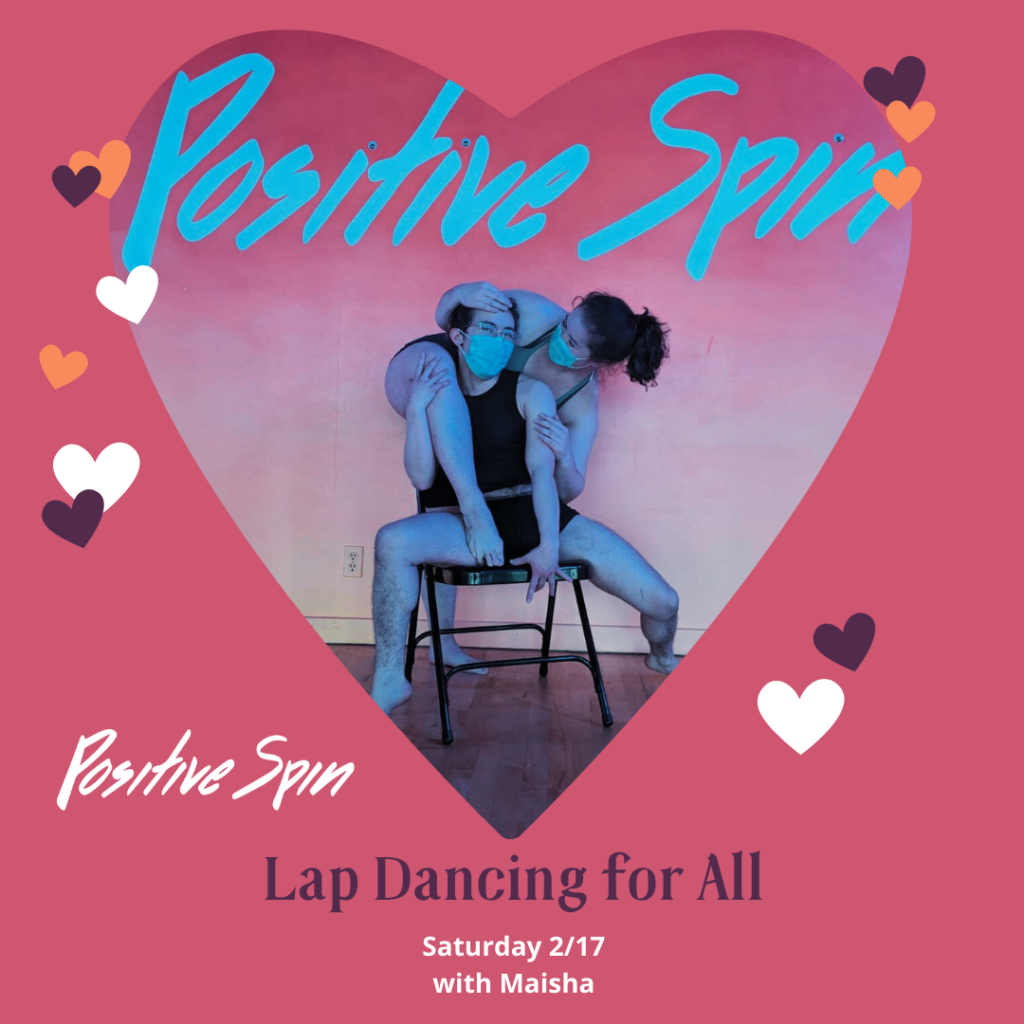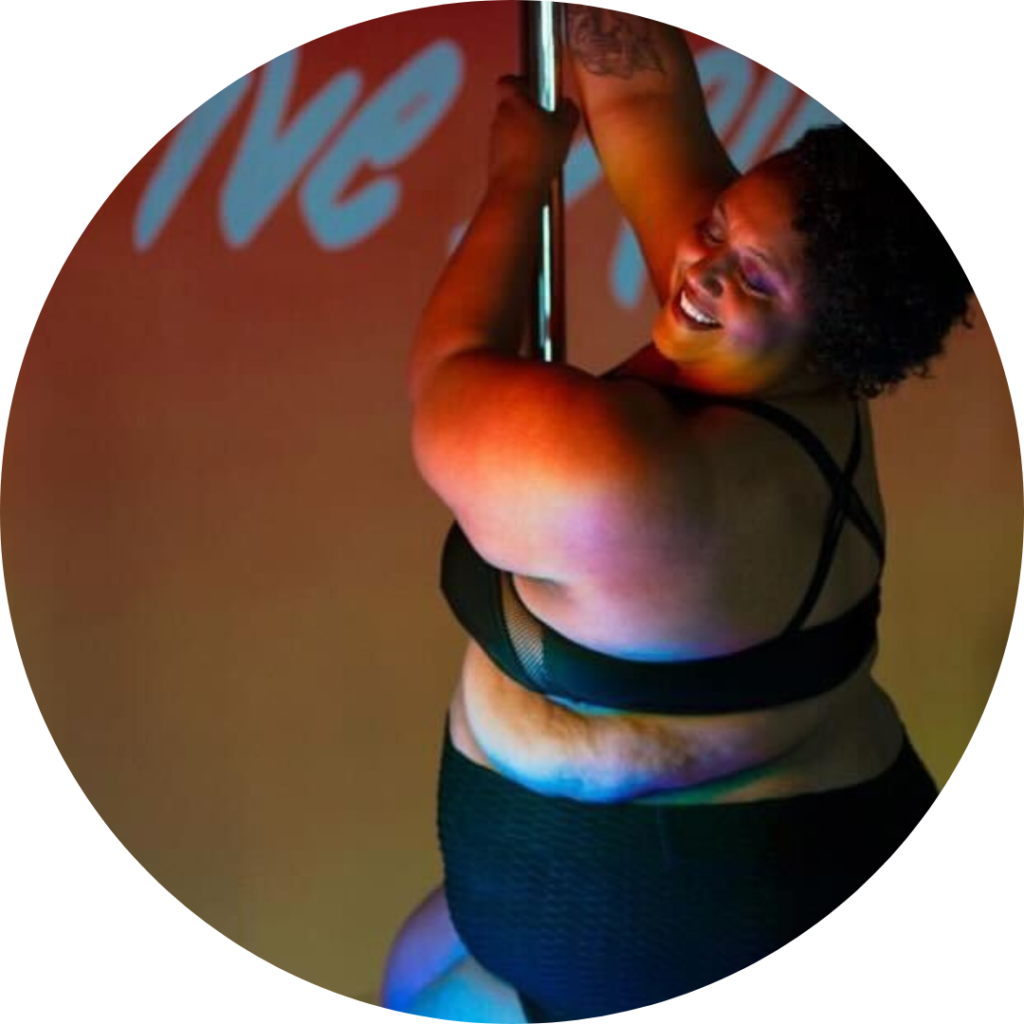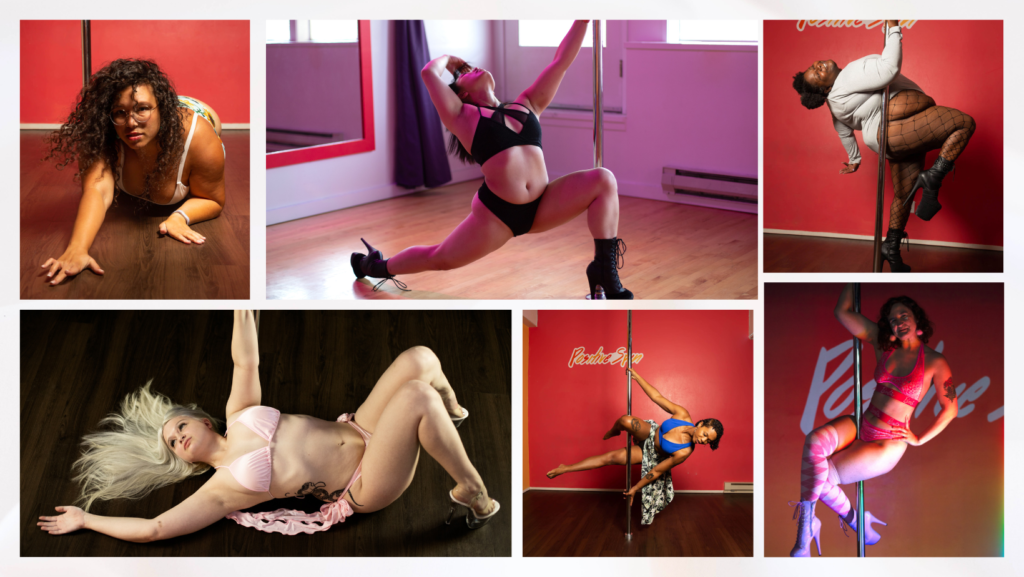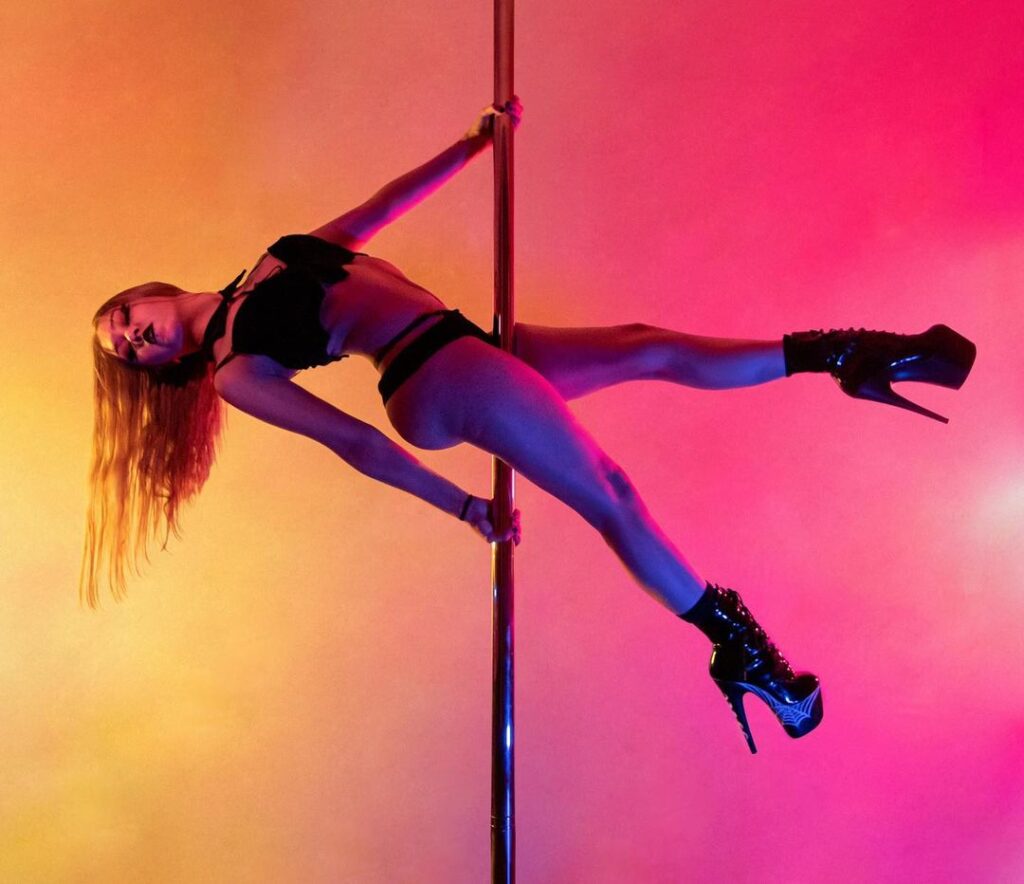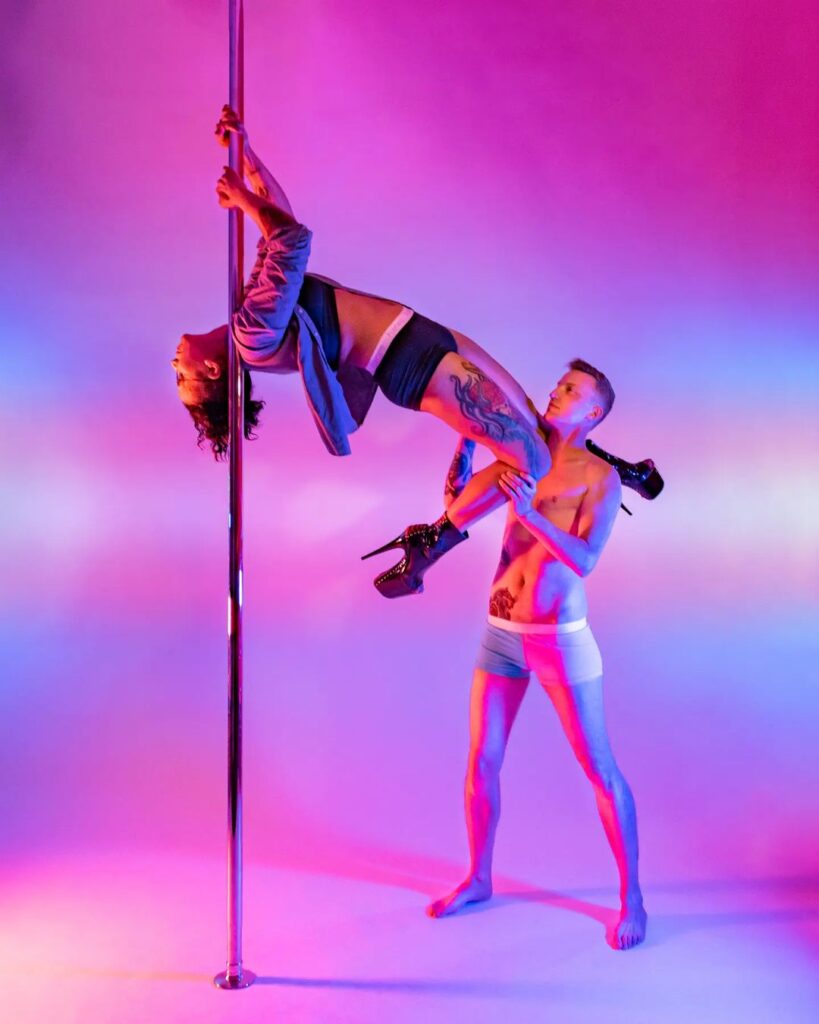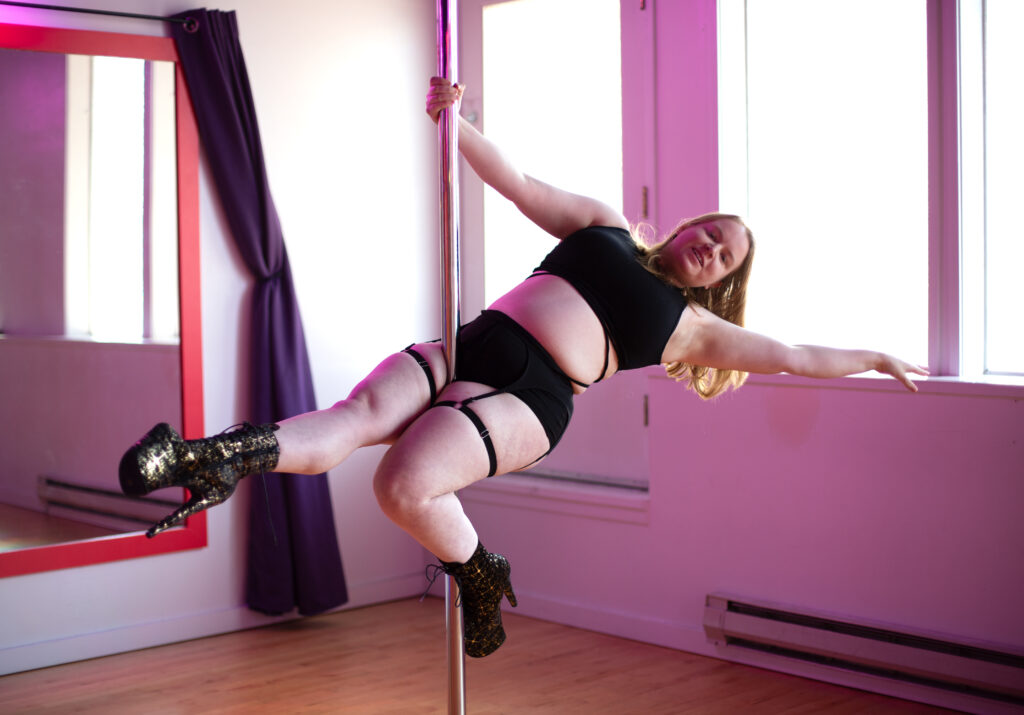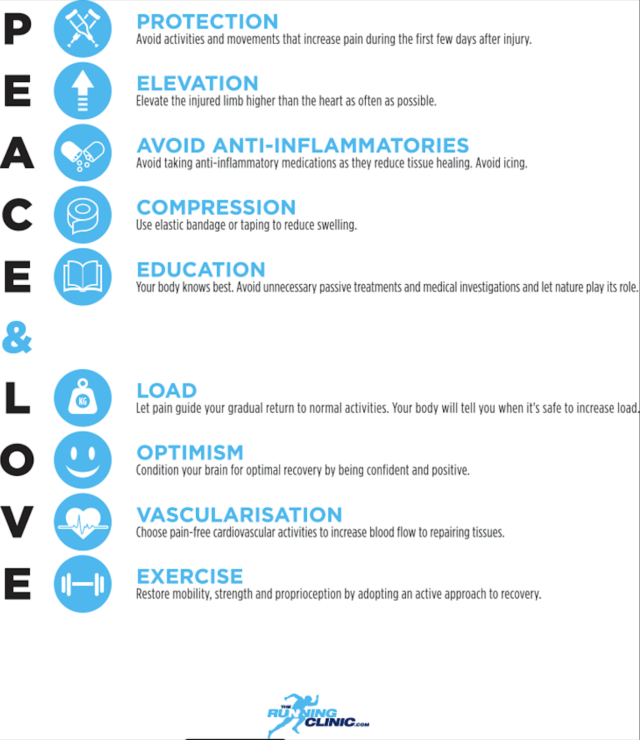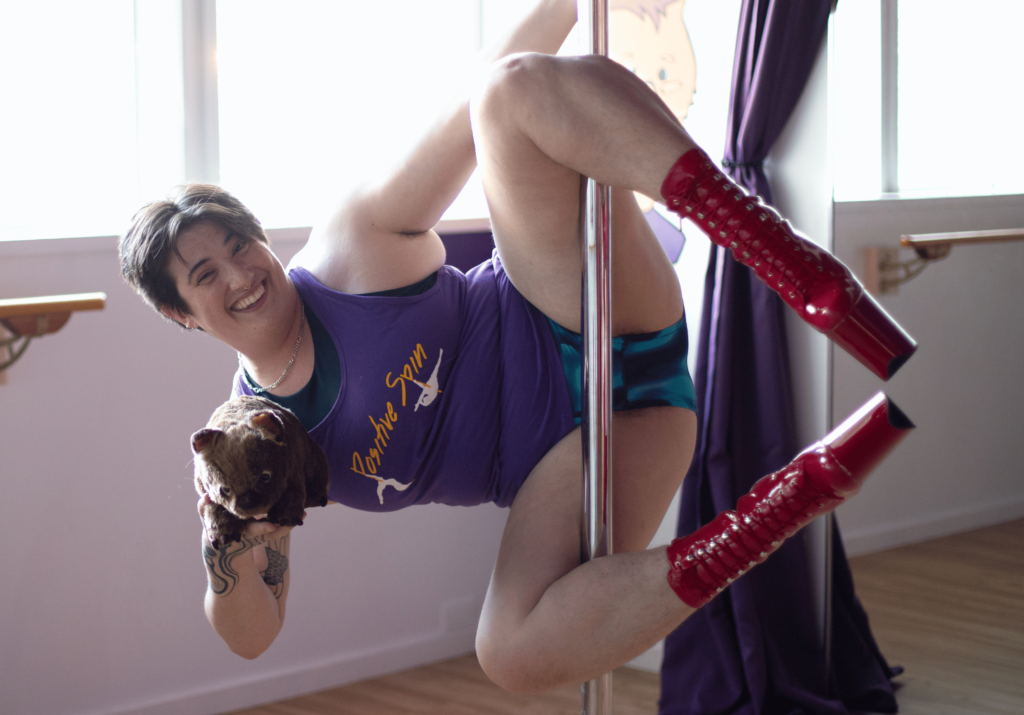BabyCakes (any)
IG:@babycakes_creates
Instructor – twerk, choreo
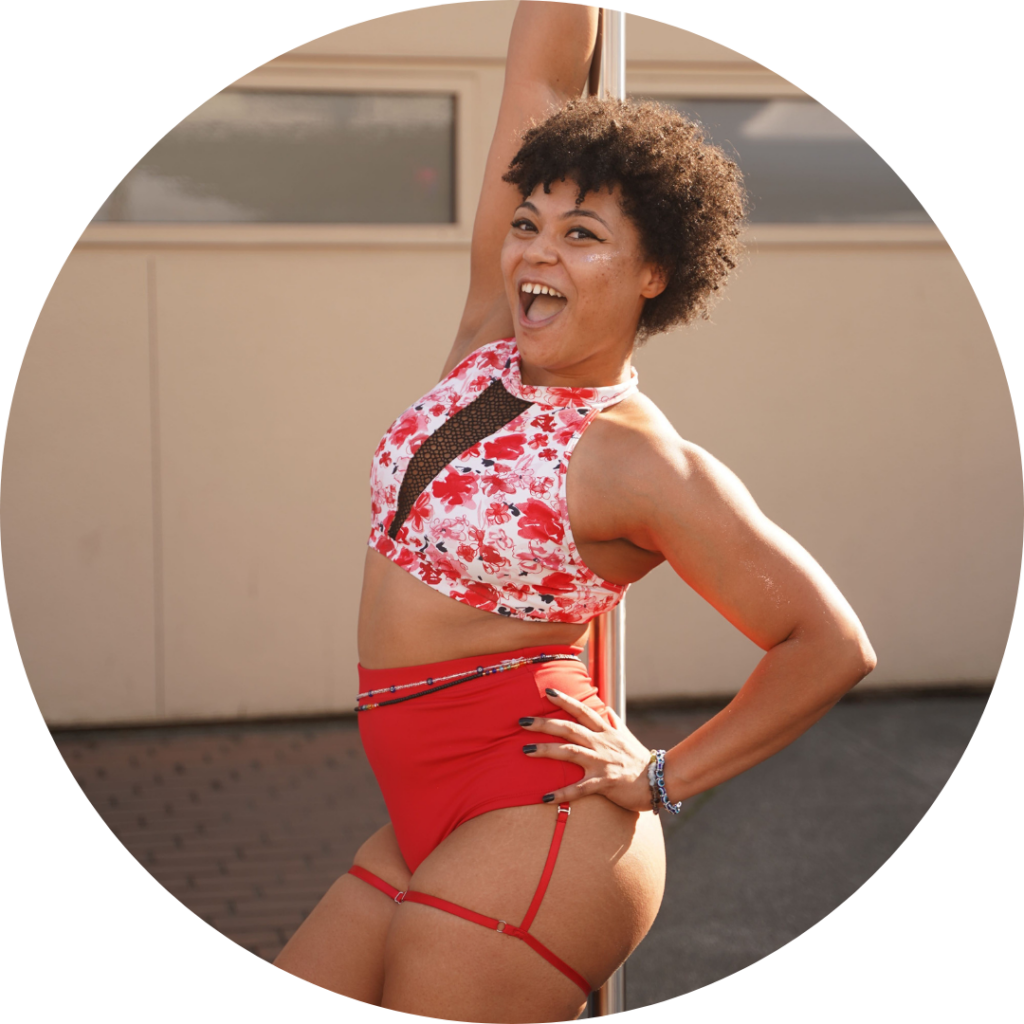
BabyCakes has been instructing since January 2023, blending styles with pole, floorwork, twerk, and the occasional chair dance! They love exploring and playing with musicality, contrasting movement with music. Since first approaching pole in late October 2019 and reigniting that passion in the spring of 2022, BabyCakes has come to love and respect this practice for its blend of athleticism and artistry. They approach this practice through a QTBIPOC lens, welcoming movement pathways that challenge traditions and encourage expression.
BabyCakes also cares to break the stigma surrounding twerking and pole dancing, spreading awareness on the roots of Black culture and $krippa influence. Empowered by the creativity of dance, BabyCakes likes to create choreography that embodies a vibe. Whether it be sassy, sensual, energizing, ethereal, powerful, playful, dramatic, daring, the goal is for you to leave class feeling inspired by the many possibilities available to you as a dancer, and feeling inspired by the many things that you can do. Your practice is what YOU want to make it, and BabyCakes just wants to meet you where you’re at to support it while having some fun in the process!


